Day 4 – 5: preparation of the equipment
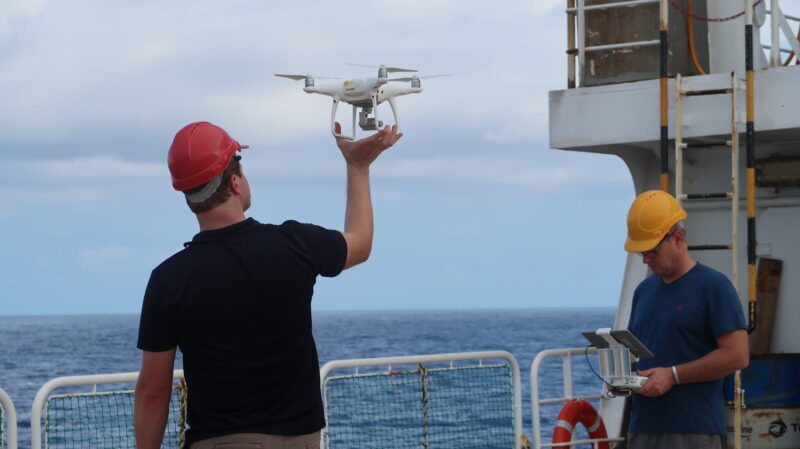
22nd-23rd April, 2022 | South-West Indian Ocean, close to the Reunion and Mauritius Islands
Authors : Simon Delsol, Eugénie Dufour, Jonas Frere and Salomé Pellé
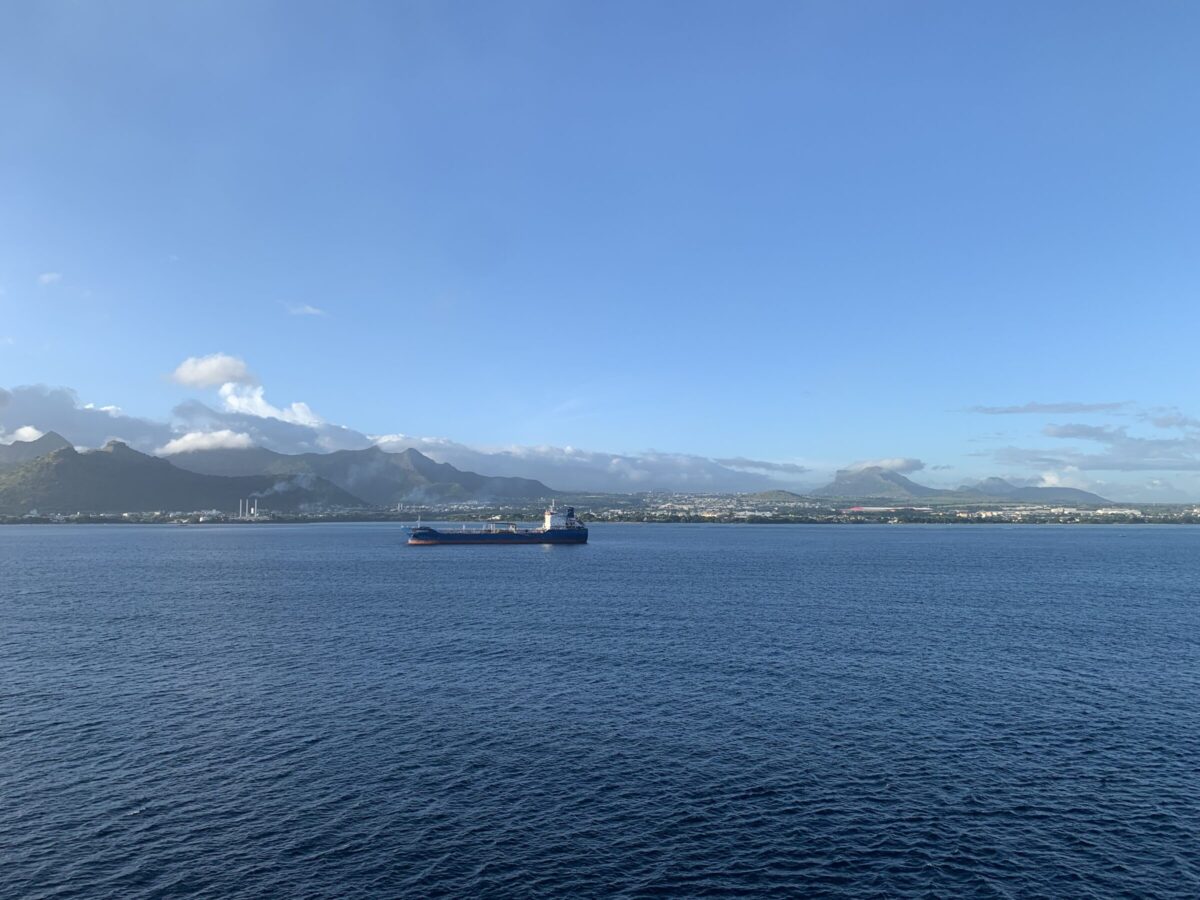
Our first destination on the Marion Dufresne after leaving the Reunion Island was Mauritius Island, that we reached on April, 20th at 5:40 am. What a surprise after a restful night to wake up in the morning with a view of this magnificent island from our windows. This island is quite different from Reunion Island, with its “peak” mountains separated by vast plains. This stopover allowed us to pick up additional scientific material needed for our journey. Seven pallets of 200 kg of equipment belonging to the South African teams are brought to us by boat directly to the Marion Dufresne moored off the island.
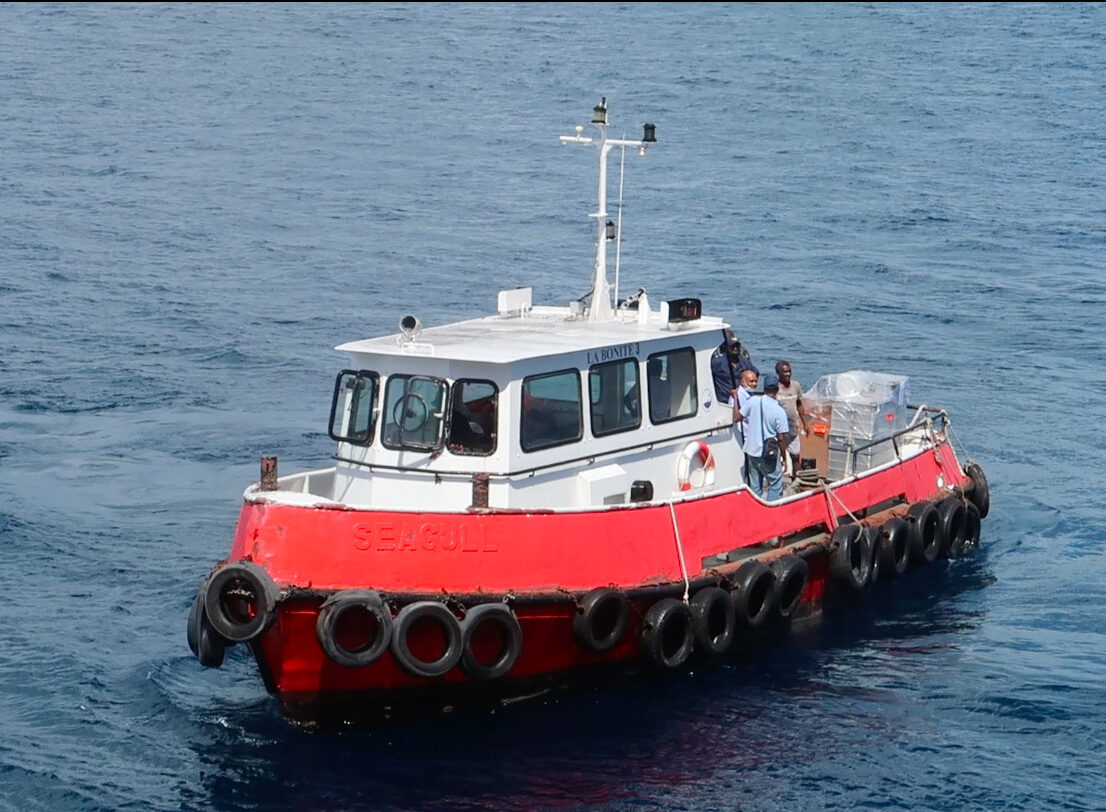
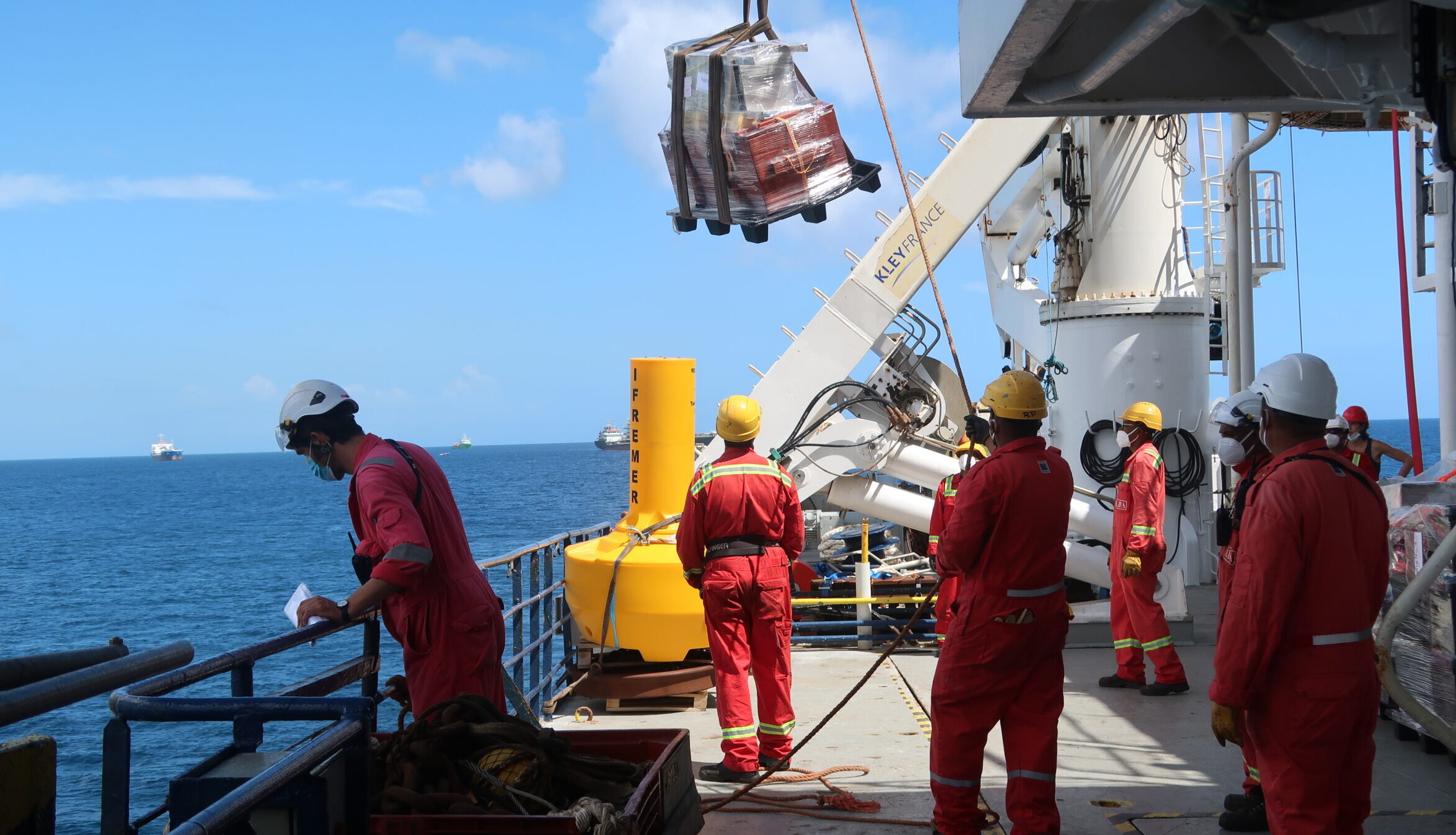
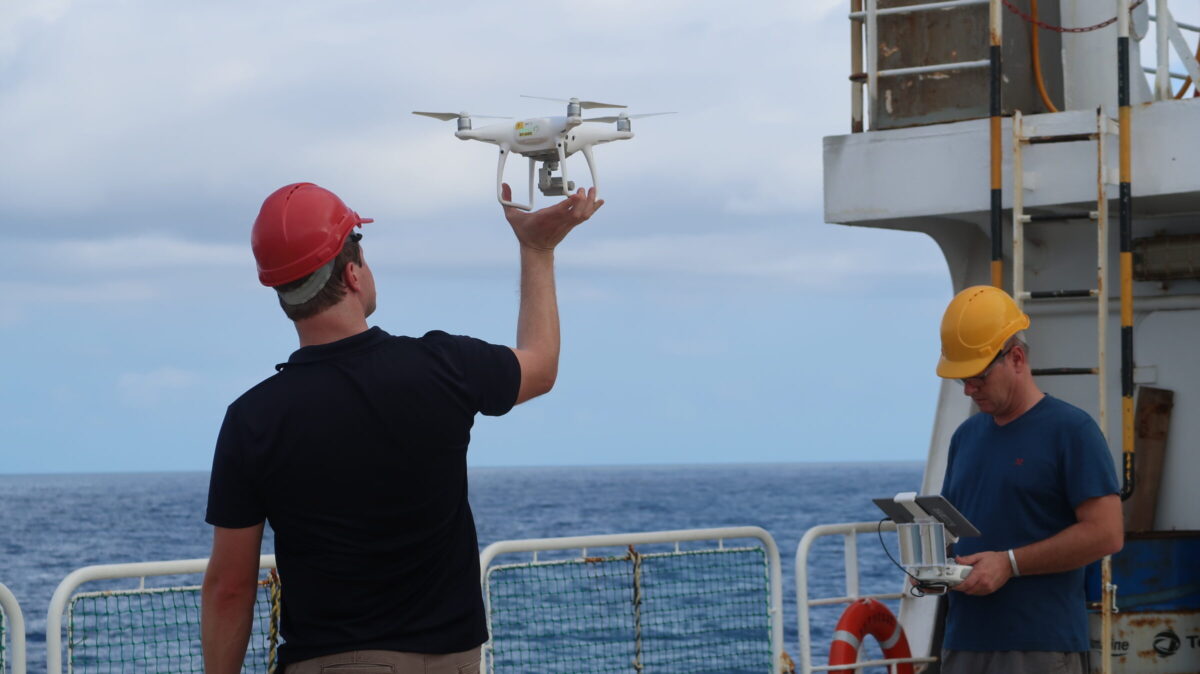
Once the equipment has been collected, we head south. Some scientific teams have taken advantage of this transit to test their instruments. The drone is well working: the idea is to deploy it to take blow samples from the whales to acquire DNA. To be continued…! A kite has also been deployed at the back of the boat. Later it will be equipped with a camera to have a panoramic view of the horizon, and hopefully help to spot marine mammals before us. The MVP (Moving Vessel Profiler) was also tested. This is a tool designed to move between the surface and 300 m depth and measuring various parameters of the water column, such as salinity and temperature.
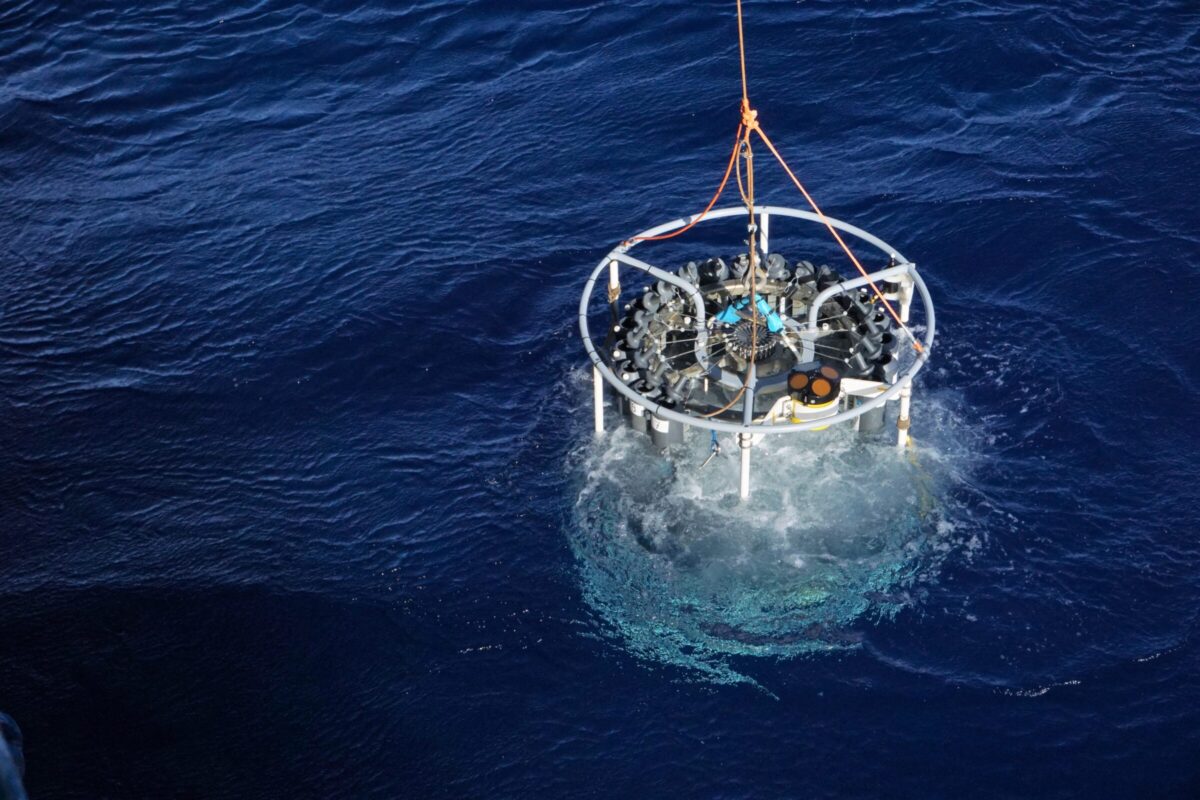
On April 21st, the whole team did also a “Test Station” to ensure that all our equipment was working properly. A “station” is a fixed location that is sampled by the scientific instruments which are put in the water. The rosette, one of the key instruments of the oceanographers, was immersed for the first time after a long preparation. This is a tool equipped with several bottles that take water samples at depth and is associated with numerous sensors, including the CTD (Conductivity Temperature Depth). Water samples were taken with the rosette at 500 m depth. The plankton net was also tested to ensure its functionality during the first Leg (one of our 3 station marathons) that we will do next to Bassas da India, an atoll part of the French Scattered Islands, starting on April 25th. During this first Leg we will sample 21 stations for about a week, the pace looks intense!
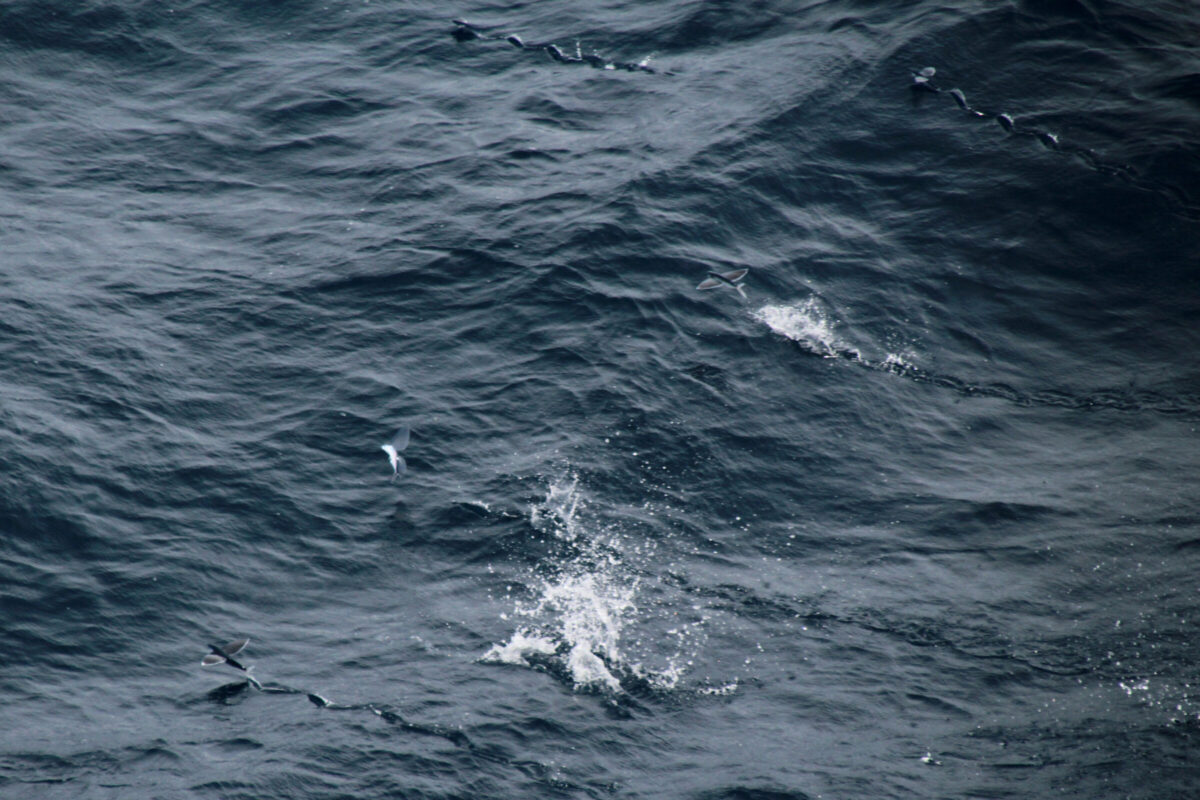
While waiting to start the rotations in the scientific teams, commonly called “shifts” (yes the vocabulary to learn on board is numerous), we scan the ocean in the hope of spotting whales, sharks or other megafauna. But for the moment, only flying fish and macro-waste dare meet our scrutinizing gaze.
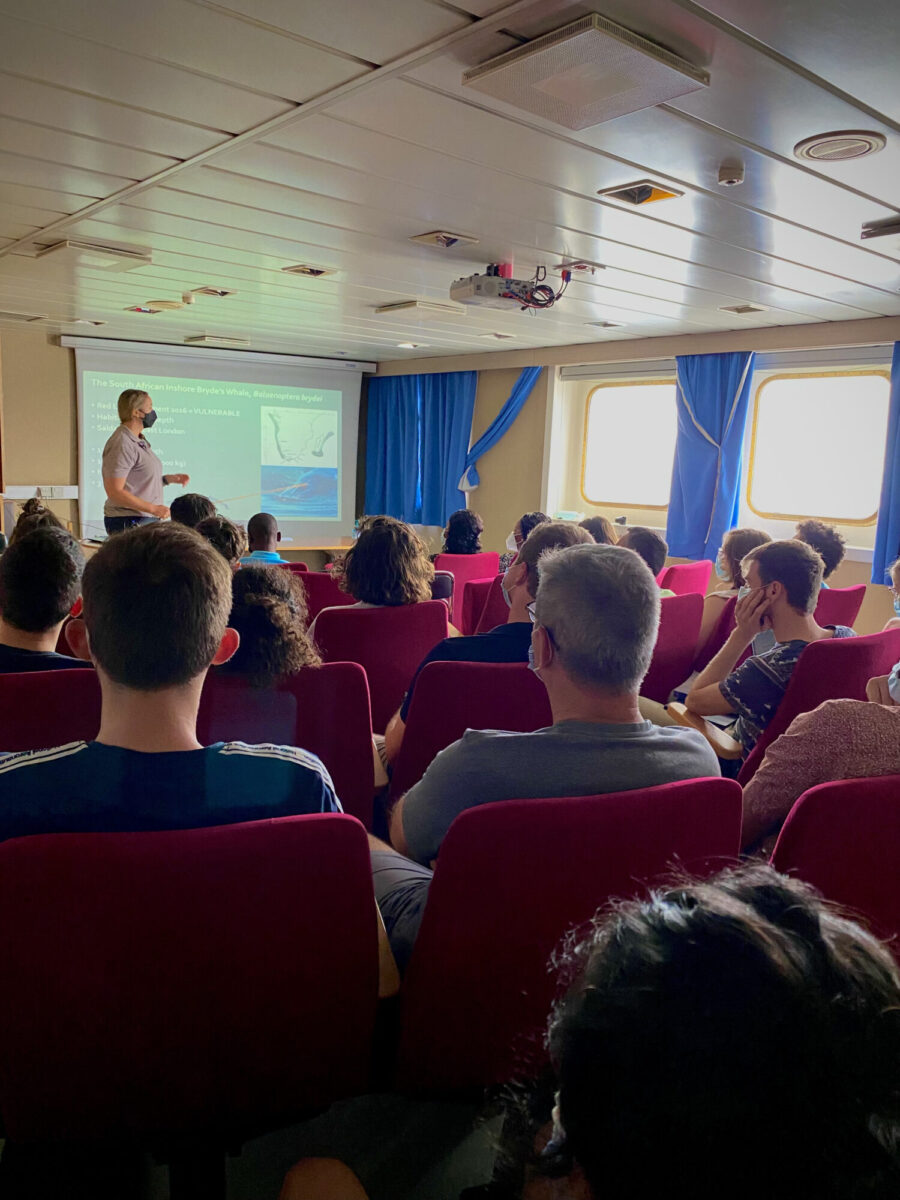
Seminars, led by the scientists and organized by the students from the Floating University, are now taking place every day on board at 4pm in the conference room. The first lecture by Pierrick Penven gave us a better understanding of physical phenomena, in particular eddies and western boundary currents in the Mozambique Channel. The following day, Gwenith Penry, an expert on Bryde’s whales, showed us how she studies these species by deploying tags, sensors that are periodically attached to the animals and that record their position and depth. Her studies allow her to better understand these species and help to their conservation.
We are starting to familiarize ourselves with the boat and the different scientific teams. The baby foot and darts games are formidable ice-breaker, and are making it easier to get to know everyone. The meals at the restaurant never cease to delight us, with different cheeses at each meal (where do the other cheeses go?)! In the evenings, everyone is busy in their own way: playing card games in the “forum” (our lounge/bar), observing the sky full of shooting stars, looking at the bioluminescent phytoplankton, or simply relaxing in the cool of the night. The daily temperature can be high for Breton students used to cooler climates.
In the last days, the 30 knots winds and the rough sea do not facilitate the visual observations but amplify the sea sickness. In the meantime our different projects continue on board. For example, some of us are in charge, with Christophe’s help, of creating the trombinoscope of the scientists on board in order to better know (and recognize) the different them and to discover their study subjects. The daily meetings of the Floating University team that we have after lunch allow us to distribute the different missions to come and to take stock together.
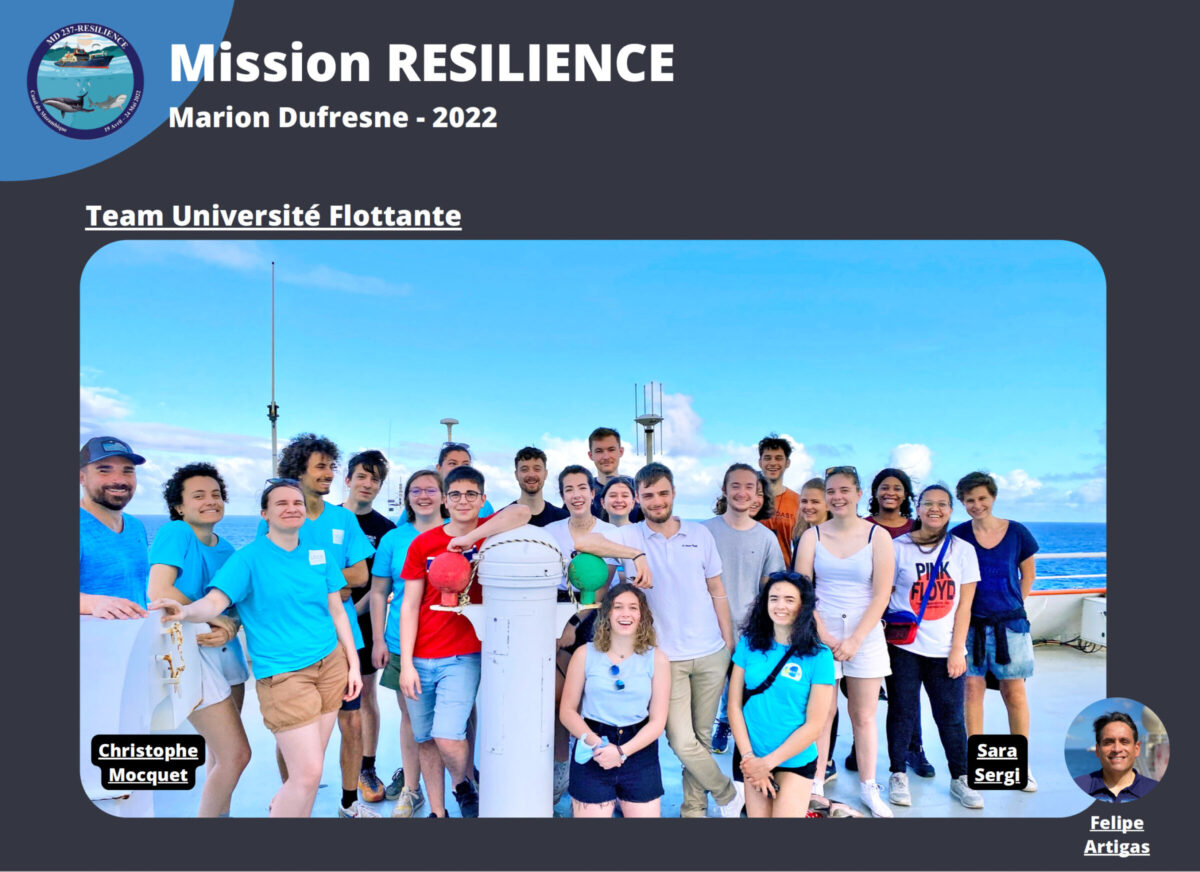
 Attention, vous utilisez un navigateur peu sûr !
Attention, vous utilisez un navigateur peu sûr !